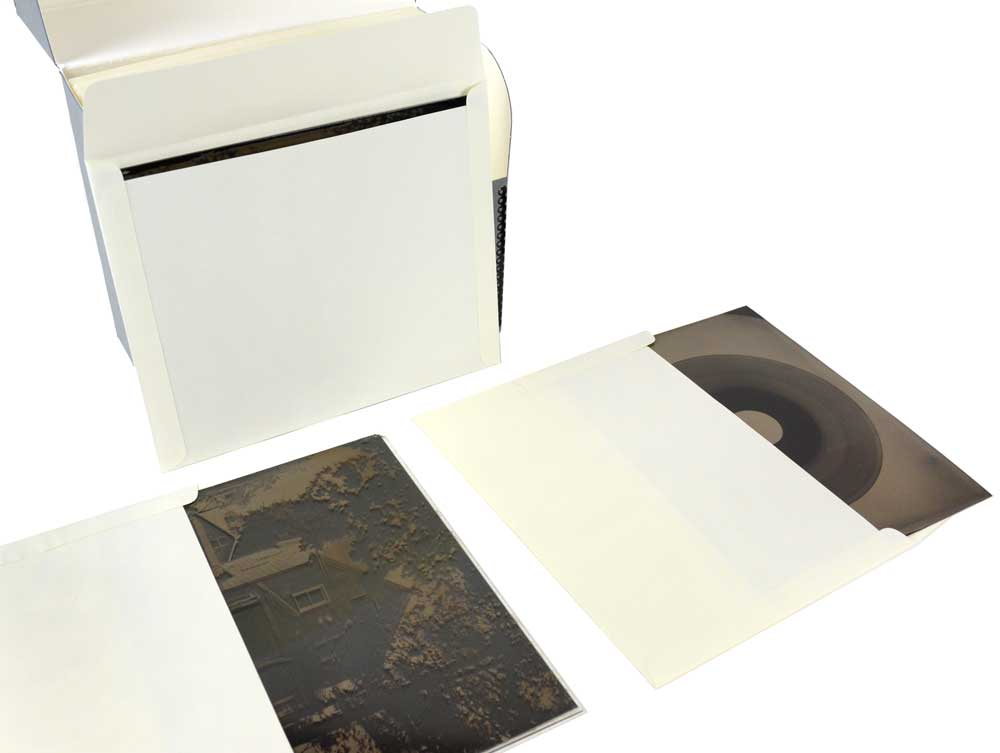
The Civil War Era photographic process known as wet-plate collodion is alive and well in the 21st century. Introduced in 1851, the wet collodion process was used to make ambrotypes, tintypes, lantern slides, and glass negatives. This versatile process was popular for several decades before being replaced by new technologies such as dry plates and roll film in the last quarter of the 19th century.
If you are looking for advice on identifying and storing your historic tintypes, please check out this blog post.
TLDR
The short answer is store your plates vertically in Archival Paper Envelopes inside an archival Hinged Lid or Short Top Metal Edge Box.

Past Is Present: The Wet-Plate Revival
Although the process fell out of favor, it never vanished completely. A number of photographers were teaching themselves the process in the 20th century, and then some of them started teaching others how to do it. Scully & Osterman Studio in Rochester, NY and John Coffer of Dundee, NY are key figures in the wet-plate revival. Many modern practitioners can trace their lineage back to one of these two studios.
In 2004, when I was learning the wet-plate process from Heather F. Wetzel (who learned the process as an intern with Scully and Osterman), if you googled “tintype” the results were all historic photographs. Twenty years later, the opposite is true. There are many contemporary photographers making art and taking portraits with this process (including me!).
Storage: Vintage vs Modern
An Introduction to Tintypes and How to Store Them focused on historic examples. I didn’t realize the post would attract modern tintypists. I learned the hard way that the storage recommendations for vintage versus modern are different. You can follow the advice in this post for your vintage tintypes but not the other way around.
When I used archival plastic sleeves to store some of my plates (“plate” is a term used for to denote a tintype, ambrotype, or glass plate negative) some of them stuck to the varnish, marring the surface. This was after I had thoroughly dried and air dried the varnished plates.
I don’t know why the sticking occurred on some plates but not all. Two of our customers have run into this problem as well. One of them told me they also had problems using glassine envelopes for storage. I wanted to put this warning out there about the risk. I have never had this happen with historic or vintage tintypes. But do not use plastic sleeves to store your contemporary plates.
Storage Solutions for Modern Plates
For contemporary tintypes, ambrotypes, and glass negatives I use the Open End Envelopes for storing my plates. Then I store these upright along the long edge in a sturdy Metal Edge Box.
Storing 3 x 4 and 4 x 5 Plates
There are several Metal Edge Boxes that would hold the 4 x 5 Open End Envelopes (#20-001). The 02-003 Hinged Lid Box is a great fit and it will hold a lot! Three packages of 50 empty envelopes will fit inside this box. With contents it might hold between 100-130 plates. That said, it will be heavy, especially if you also have glass plates.


Open-End Envelopes
We carry several options of Envelopes made with acid-free, archival paper. The Open-End Envelopes come in sizes for storing 4 x 5, 5 x 7, and 8 x 10 negatives. They are also good for storing tintypes. You can use a #2 pencil to write relevant information on the outside of the envelope to help keep things organized and easy to find.

Depending on the thickness of the glass, ambrotypes and ruby ambrotypes might be a snug fit. Carefully insert and remove the plate to avoid scuffing it. A 4 x 5 ambrotype with cover glass will be too thick to fit into the 20-001 4 x 5 Open End Envelope and you’ll have to go up a size to the 5 x 7. If these sizes don’t work for the plate sizes you are making you can take a look at our Flap Envelopes and Flap Envelopes Open on Long Side.

Archival Metal Edge Boxes
The 02-509 Hinged Lid Box, similar to Document Boxes, is sized to hold the 8-1/2 x 10-1/2 Open End Envelopes. If you are shooting on glass this box will definitely get heavy, but it can handle the weight. Don’t overfill the box.

The above video illustrates using our 8-1/2 x 10-1/2″ Open End Envelopes to store modern wet-plate images. The fit is very snug on the ambrotype. Another option would be the 8-1/2 x 10-1/2 Flap Envelopes (#21-002) that open on the long edge. It would be easier to insert and remove the plate using this envelope over the Open End version. Being the same dimensions they will also fit into box 02-509.
The second video shows that the 9 x 12 Flap Envelope is also a good storage option for 8 x 10″ glass plates. The extra room makes it easier to insert and remove the ambrotype and avoid scuffing the surface of it. The 9 x 12 envelopes will fit inside our Letter Size Document Box. You can get Document Box Spacers to hold your plates upright until the box is full enough.
Contact Us
If you have questions or comments please reach out to us!
